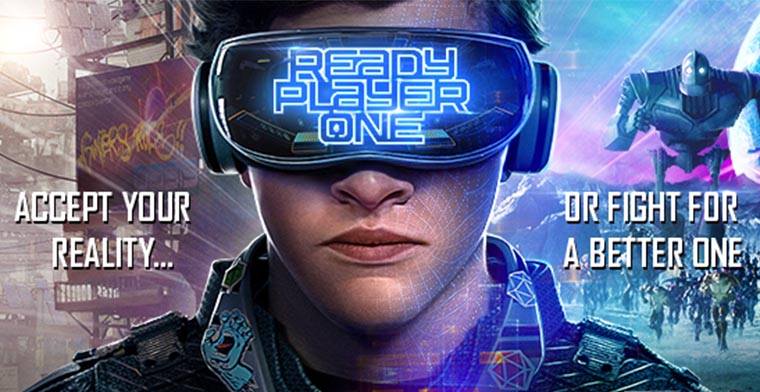Metaverse is not Web3

Both literally and figuratively, the definition of the Metaverse is continually evolving. However, with tangible advantages already appearing for early adopter consumers and businesses, its potential to unleash the next wave of digital disruption seems to be becoming more and more obvious. Novel tactics can easily become standard practice, as we have seen in earlier technological changes like the development of the internet, followed by social media, mobile, and cloud.
The omnichannel consumer experience, omnichannel sales and marketing, product innovation, and community development are just a few of the potential effects of the Metaverse. Of course, there are still a lot of unanswered problems, such as how the Metaverse can be safely constructed for users and how virtual and real worlds can be balanced to guarantee the Metaverse is built responsibly. The virtual world is not here to compete with reality, it’s more of a compliment to the real world.
Niantic CEO John Hanke said: “I think about the Metaverse as a continuation of where tech was headed prior to COVID-19. We have Instagram, email and messaging. And then there’s our real-life friends; the real-life activity that we’re participating in. Sometimes there’s an intersection between those two. But when I think about a real world vision of the Metaverse, it’s really a union of those where they become much more deeply fused; where there’s a digital extension to everything that’s real.”

With the Metaverse entering its inflection point at a period of Web transition (Web2 to Web3), it is often believed that they are the same. The emergence of social networking and user-generated content—known as Web2 was notable. The Metaverse has a Web3-like quality to it, but it is not Web3.
The Thin Line Between Web3 and the Metaverse
The Metaverse has advanced as a result of developments from Web 2.0 to Web 3. By definition, Web 3 is superior to Web2, and so is the Metaverse superior to the current paradigm for computing and networking. The two are inevitably connected by the fact that they both succeed in creating what we will come to perceive as the highest level of internet operability.
The Web3 promotes decentralization and interoperability, the Metaverse, which is based on immersive experiences that can be both, but is not the same as Web3, as it can also be central or decentralized. The Web3-enabled Metaverse develops these potential with a new paradigm while the Metaverse is creating new chances for creators to create and users to engage with and experience. As a result of Web3, consumers may now control, monetize, and use their data for their own purposes, while producers can make money off of their work. content and abilities in many ways. It is made possible by three key technologies:
- Blockchain providing a global, open, enduring, unchanging source of reality
- Blockchain-issued digital assets, demonstrating value portability and permanence
- Smart contracts with conditional logic computer programs that produce useful results making self-executing programs possible
Consequently, developers of Metaverse applications benefit from greater persistence on Web3. interoperability, functionality, and Web 2.0 VR experiences that are more conventional.
Of course, the way investments will be distributed in the Metaverse can be viewed as inspiring, but the idea can only be realized because of the development of Web3. Creators can freely launch new digital assets on any Blockchain they desire and distribute these assets via Web3-native marketplaces with dramatically lower fee models than their Web2 equivalents.
